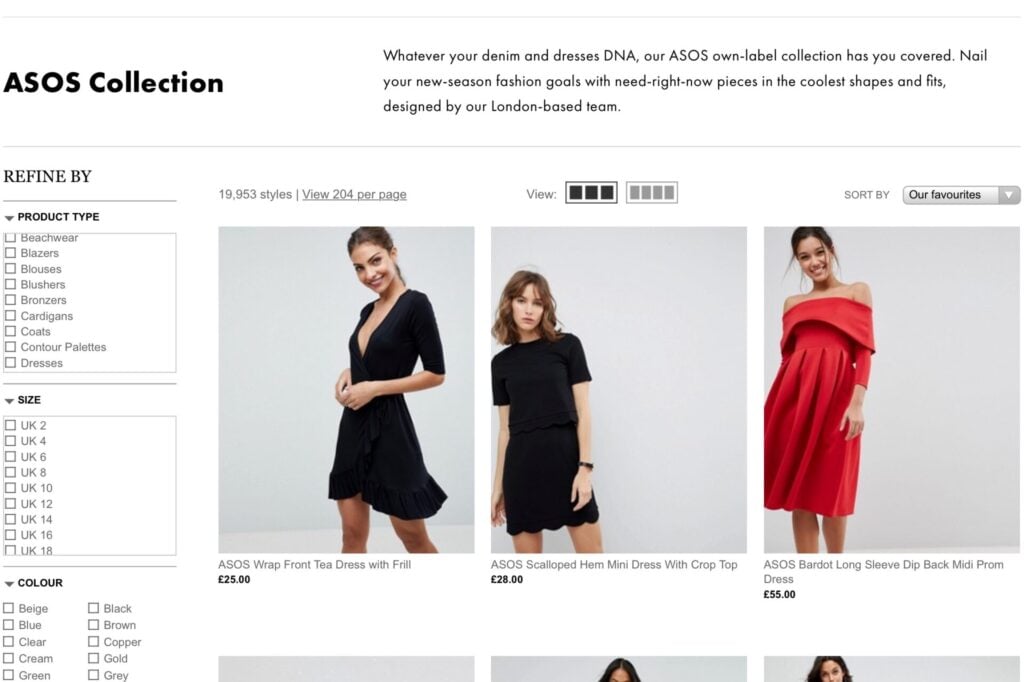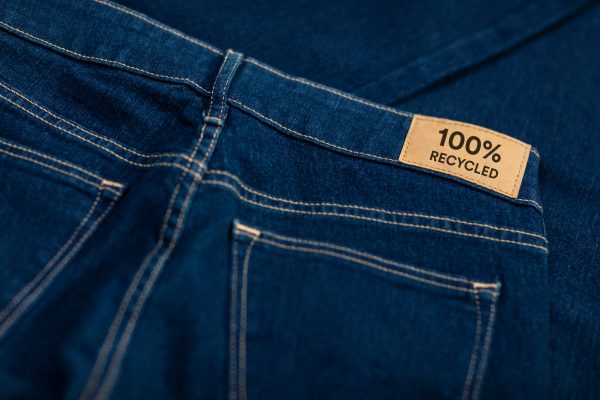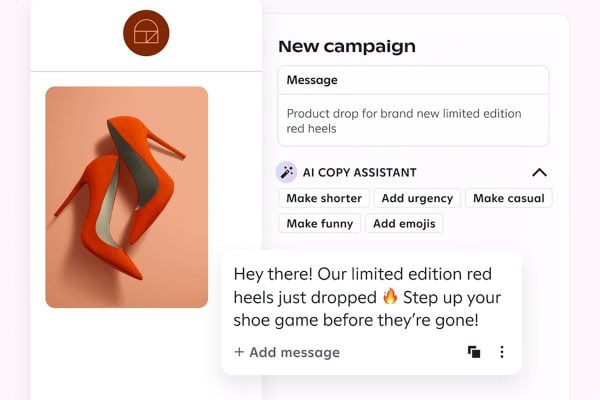 Continuing our Marketplaces 2018 series, today we look at the ASOS Marketplace. To find a full list of marketplaces we’ve written about already, visit our Marketplaces 2018 page here.
Continuing our Marketplaces 2018 series, today we look at the ASOS Marketplace. To find a full list of marketplaces we’ve written about already, visit our Marketplaces 2018 page here.
Marketplaces 2018 is produced in association with Flubit.com, the largest UK owned marketplace to sell your inventory on.
Web address: marketplace.asos.com
Marketplace Overview
ASOS, which stands for As Seen On Screen, is a well known fashion and accessories retailer based in London. And it also offers a marketplace site that’s open to merchants who sell clothing that complements their own lines and products.
The ASOS Marketplace launched in 2010 with 20 sellers and since then, they say, it has become the leading online platform for independent brands and vintage boutiques selling online. They also say that now they have 800 boutiques from fashion merchants.
Seller registration and requirements
They call it “opening a boutique” and you’ll need to be approved and screened before you can start selling on ASOS. You can find more about registering on ASOS here. As they say of the application process on ASOS:
You must apply to become a boutique seller on ASOS Marketplace. We ask for applications to ensure that our boutiques are of a certain standard. ASOS Marketplace boutiques will comprise of key emerging design talent, groundbreaking independent labels and boutiques, and the finest vintage selections. Only a very small percentage of those that apply to be boutique sellers will be successful.
– ASOS
Product listings and fulfilment
A boutique costs £20 per month and when you make a sale there’s a 20% commission. Vintage boutiques must stock a minimum of 20 styles at all times and indie and multi-brand boutiques must stock 15 styles. You take care of fulfilment yourself.
For items that are available in different sizes, you can list those as part of a single product listing. For items with different styles (e.g. long sleeve and short sleeve t-shirts) and different colours you should complete a separate listing. The ideal image size they seek is 870 x 1262 pixels. Indeed, the quality of imagery is obviously vita to ASOS and they have detailed and strict guidelines available to merchants.
Tamebay’s take on ASOS marketplace
Anecdotally, two aspects of the ASOS marketplace come up when it becomes a topic of conversation. The first relates to registration and getting set up on the marketplace: by all accounts ASOS is a hard outlet to get registered on. Registration can be an involved process and they are picky about who they approve as sellers, as is apparent from their comment. So, that’s evidence clearly pointing to the fact that this isn’t a sales channel that will be open to everyone.
Secondly, returns on ASOS are reportedly very high indeed, but that’s true of online fashion sales in general. Shoppers like to buy multiple apparel items to make sure they fit or suit them and send back the ones they don’t want. That makes the returns service you offer important and, potentially, a serious line item to consider when business planning.
At the crux of the attraction of ASOS is brand recognition: it is a respected and effective organisation beloved by consumers and, if they approve you, it could very easily become an essential and lucrative sales channel for merchants in that vertical.








